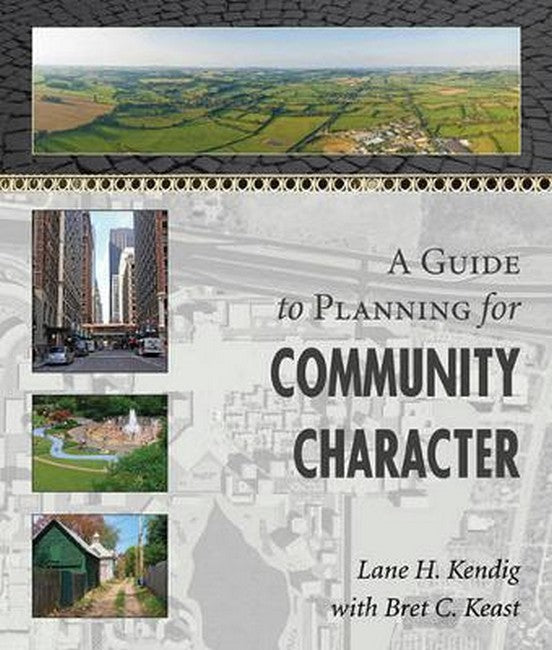Introduction: Why Should We Care about Community Character?
Chapter 1. The Designer's Palette or Lexicon
Chapter 2. Community State, Context, and Scale
Chapter 3. Community Character Classes and Types
Chapter 4. The Structural Form of Communities and Regions
Chapter 5. Community Character Measurement
Chapter 6. Conclusion
Chapter 1. The Designer's Palette or Lexicon
Chapter 2. Community State, Context, and Scale
Chapter 3. Community Character Classes and Types
Chapter 4. The Structural Form of Communities and Regions
Chapter 5. Community Character Measurement
Chapter 6. Conclusion

